Precision has become important for success today in pattern making and in finding the best fabrics for clothing manufacturing. Through Maker’s Row, we found the tremendous apparel manufacturing errors that can make an enormous difference within your production—from mistakes made in pattern making to errors in fabric selection.
9 Most Common Pattern Making Mistakes That Derail Garment Quality
Not even the most skilled seamstress can fix a garment based on a bad foundation. pattern making mistakes, from simple miscalculations to the most fundamental design oversights, can trigger a chain of problems that compromise fit and aesthetics.
1. Fabric property knowledge: The basis of quality
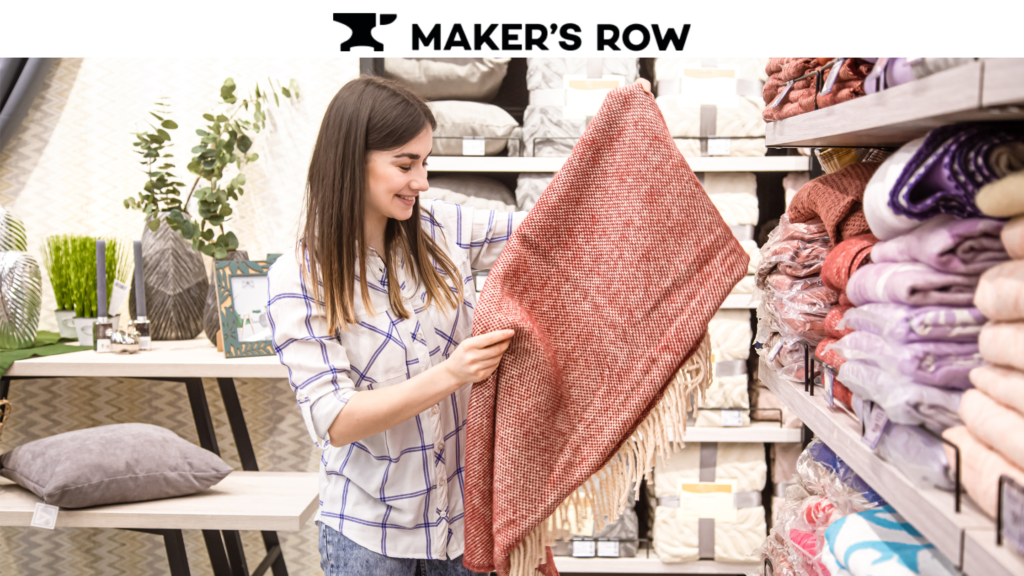
However, the most common mistake in production is that pattern makers do not know how to select fabric for the construction of apparel. This step is below everything, from developing patterns to the final quality of the garment.
Selecting fabric for clothing manufacturing mistakes that greatly influence pattern making:
- Ignore the weight and drape of fabric.
- These properties-stretching as well as recovery-missing.
- Misunderstanding how fabric grain behaves.
- They fail to consider shrinkage rates.
Key issues of such apparel production errors are:
- Pre-design testing of the fabric
- Understanding how the fabric behaves at various sizes.
- Material properties data for future reference.
2. How to Select Main Clothes Fabric to Create Patterns
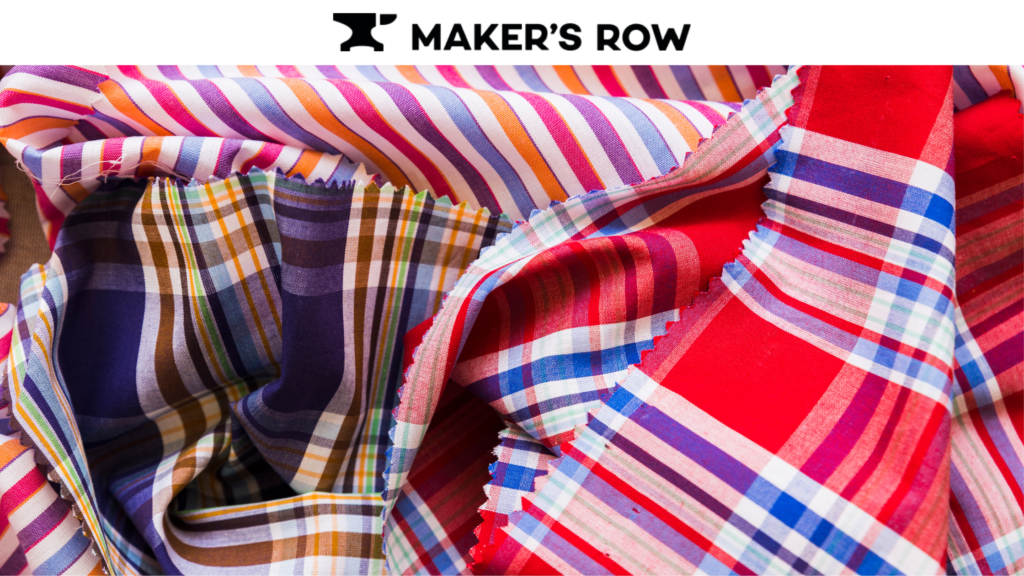
Among the common mistakes in garment production, poor material selection ranks quite high in order. Before pattern-specific problems are addressed, manufacturers need to master fabric mistakes in garment manufacturing:
Critical Material Factors:
- Fabric weight compatibility with design
- Percentage Elongation Requirement.
- Durable for the purpose intended.
- Production cost efficiency
3.Pattern grading and fabric interaction
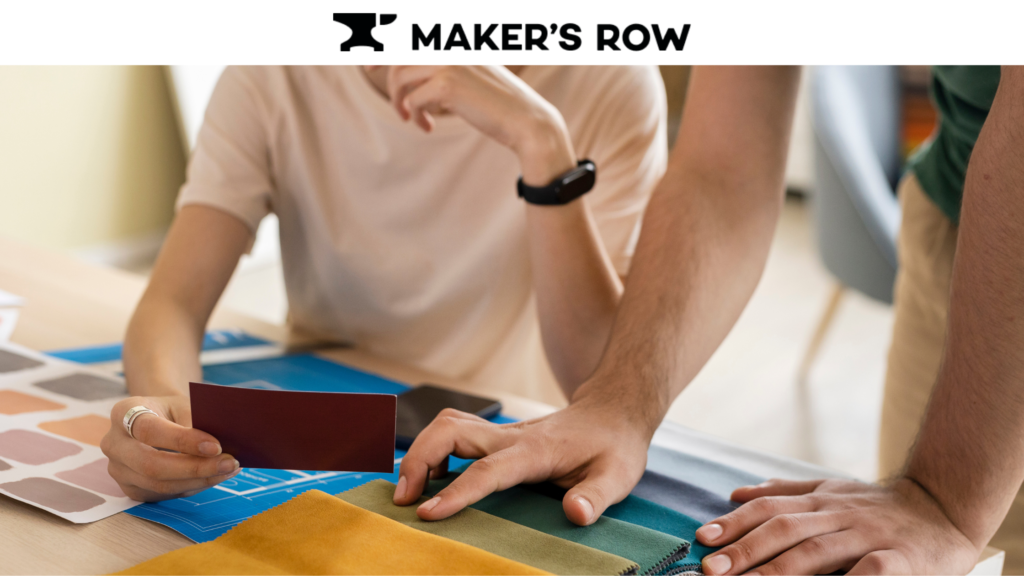
Poor grading practices merged with fabric errors in garment production can totally destroy the quality of production. Knowing how different materials behave across different size ranges is essential to avoid clothing production errors.
Key Grading Cues:
- Check the size ratio per type of fabric
- Measurements of stretch fabric grading
- Woven fabric considerations
- The technical details are correct.
4.Fabric for Garment Construction, Effect on Notch Location
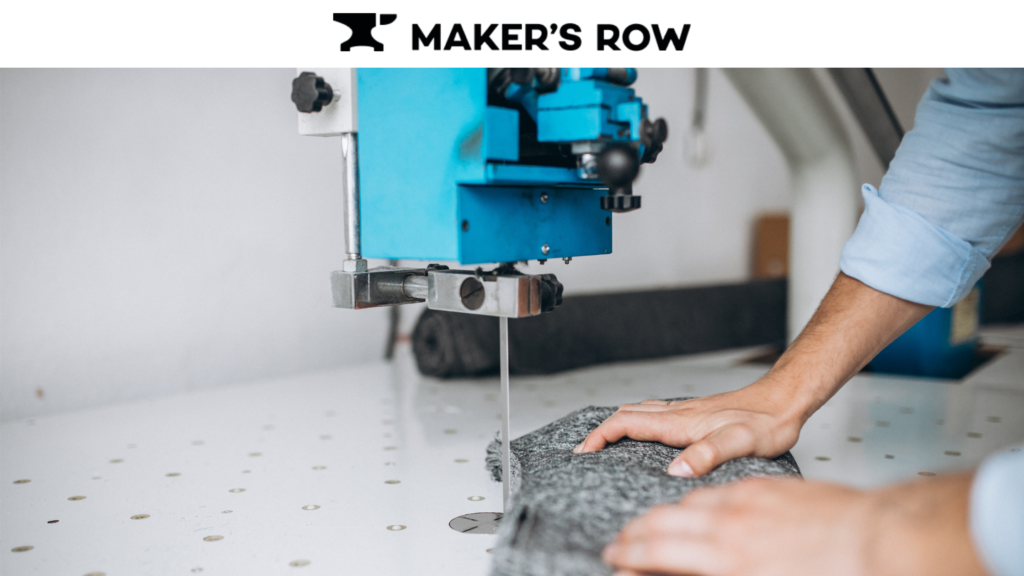
Notch placement needs to be particularly accurate in relation to the choice of fabric. Knowing this relationship properly can avoid common mistakes while producing garments.
Key Principles:
- A center for different varieties of fabrics
- Various labeling systems exist for different materials.
- Indication of balance points for different weights
- Sequence markers construction based on clothing characteristics
5.Pattern and material balance
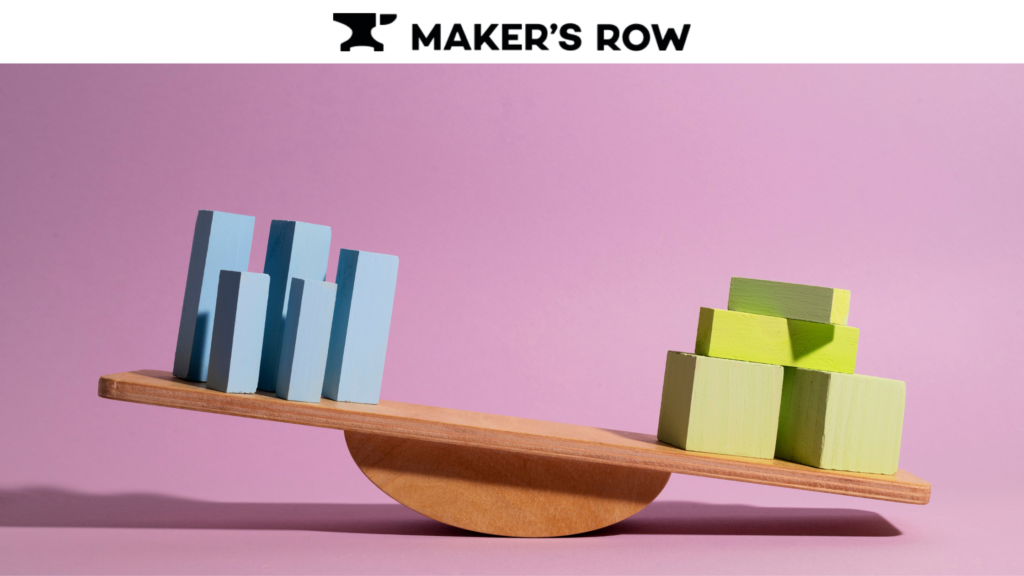
Among material types, pattern balance has probably been the most critical mistake in garment production. These guidelines on apparel material selection will ensure a balance among such varied materials.
Balance Verification Process:
- Material weight-based static equilibrium tests
- Vibration test for various materials
- Drape study over types of fabric
- Verification of symmetry using material properties.
6.Dart Placement: Using Different Types of Fabrics
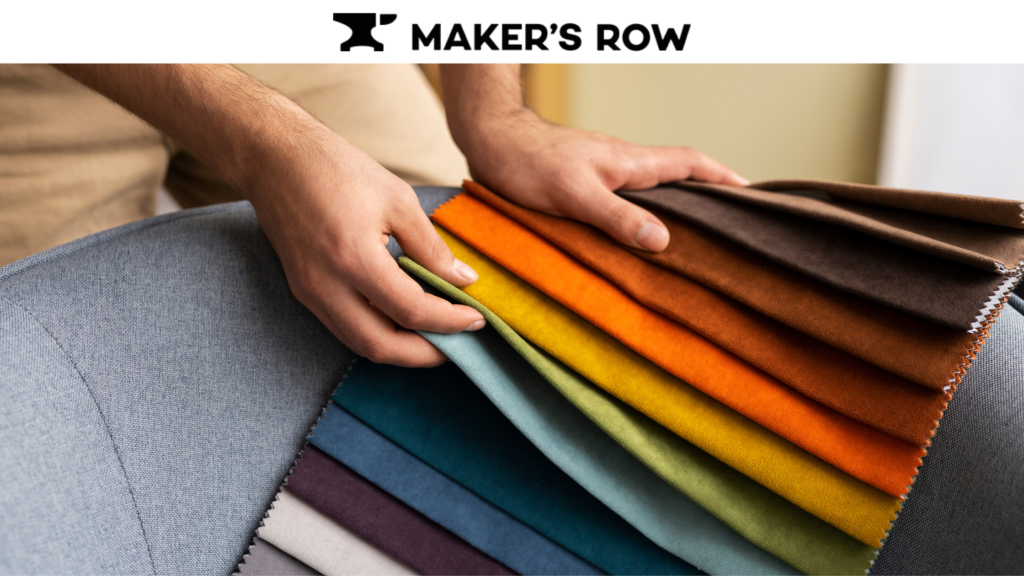
Among all the other technical mistakes in clothing production, dart placement requires knowing how to select a fabric for apparel production because every type of material has different approaches toward perfect fitting.
Main Points:
- Anatomical changes and alterations per fabric
- Calculations of depth based on weight.
- Length Proportions of different fabrics
- Symmetric placement with regard to stretch
7.Testing Patterns on Other Materials

The worst oversight in the production of clothing is the failure to test different fabrics. The most basic process required to eliminate mistakes regarding clothing production is thorough testing.
Critical Protocol Testing
- Preprototype samples in various types of textiles
- Verification of Materials Cross
- Testing movement with different materials
- Pilot productions with the last materials
8.Seams allowance variation
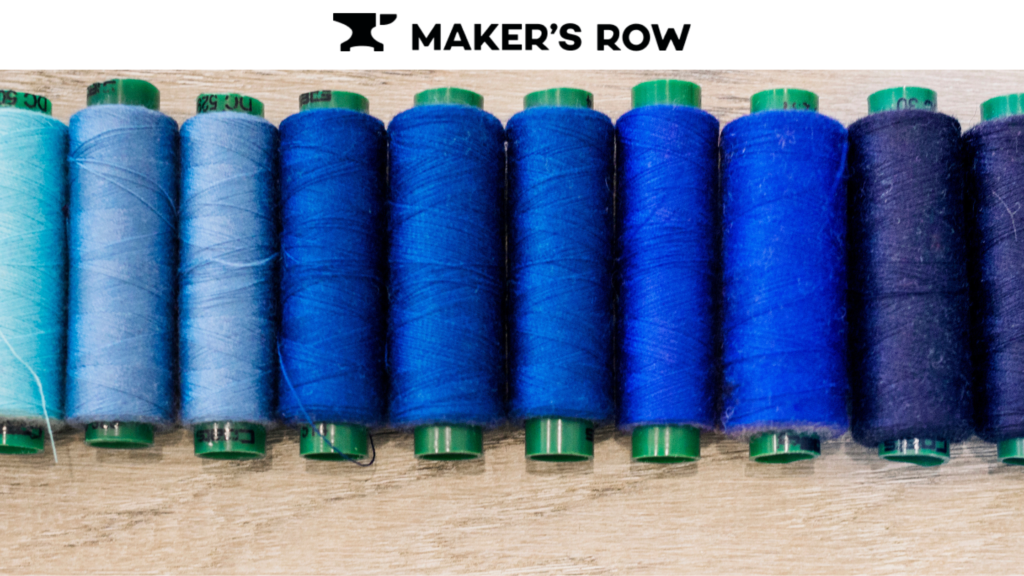
The most commonly neglected area of pattern-making is probably the calculation and application of seam allowances to different types and styles of fabric. This can easily become a production and fit nightmare overnight.
Main Factors:
- An allowance of a seam for different weights of fabrics.
- Reinvent allowance for curved seams and straight seams.
- Special considerations for stretch fabrics
- Accounting for finishing techniques such as French seams and flat-felled seams.
- Marking and noting the various allowances on the patterns appropriately.
9.Pattern piece orientation and flat pattern efficiency

Most will forget about finer details of pattern piece orientation and layout efficiency in the rush to production, waste fabric, and compromise on quality. As for many more considerations, these become much more valid when there are directional prints, napped fabrics, or fabrics that require specific grain directions.
Important ones:
- Proper pattern placement for maximum efficient fabric use
- Patterns of repetition, textile dimensionality
- Consideration To label a line of grain and nap correctly
- Balancing between savings in materials and quality requirements
- Documentation of the layout plans for uniform production.
Best Practices of Quality Manufacturing
For proper garment production error-free with the kind of textile chosen, the following should be done:
- Digital integration for fabric and pattern management
- Cad Systems
- Current CAD systems with Libraries on fabrics
- Automated grade-assigning tools for all other content.
Management of digital archives about data concerning fabrics.
Material handling software must be updated constantly.
- Quality control systems
- Standard checking procedure for all fabric types
- Material and design review plans regularly Included are papers needed, properties, and textiles.
- Training protocols for material handling team employees
- Professional Development
- Training in present-knowledge fabric
- Technical pattern-making skills will be updated.
- Industry standard awareness and Intra-team collaboration efforts
Conclusion
Mastering pattern making and selection of suitable fabric will alone determine the success in apparel manufacturing. Knowledge of common mistakes in garment production, along with proper prevention and successful implementation of proper apparel material selection tips, can improve the quality of output and efficiency by significant amounts. For other tips on how to avoid apparel manufacturing problems and quality sources of production, you can visit Maker’s Row, the most comprehensive network of industry experts and manufacturing partners. Our company connects you with experienced professionals who know that there must be excellence in everything action-wise with the manufacturing process.
Pro Tips for Material Success:
- Create an extremely elaborate textile library with pattern variations for each kind of material.
- New material in systematic testing procedure:
- Document fabric behaviour across pattern types
- Keep track of winning textile pattern combinations
Remember that good pattern-making is the very foundation of successful apparel manufacturing, coupled with the right choice of fabric. Mastering these basics and avoiding frequent pitfalls brings long-term success in production.
Read more blogs here: